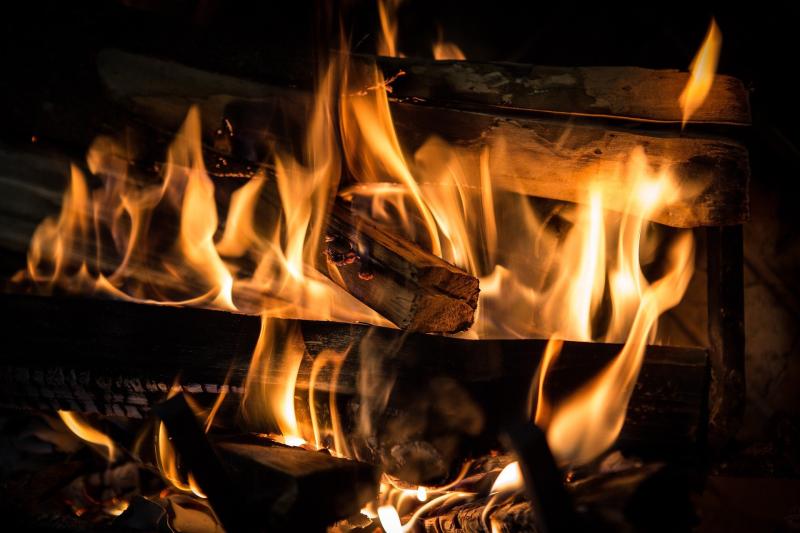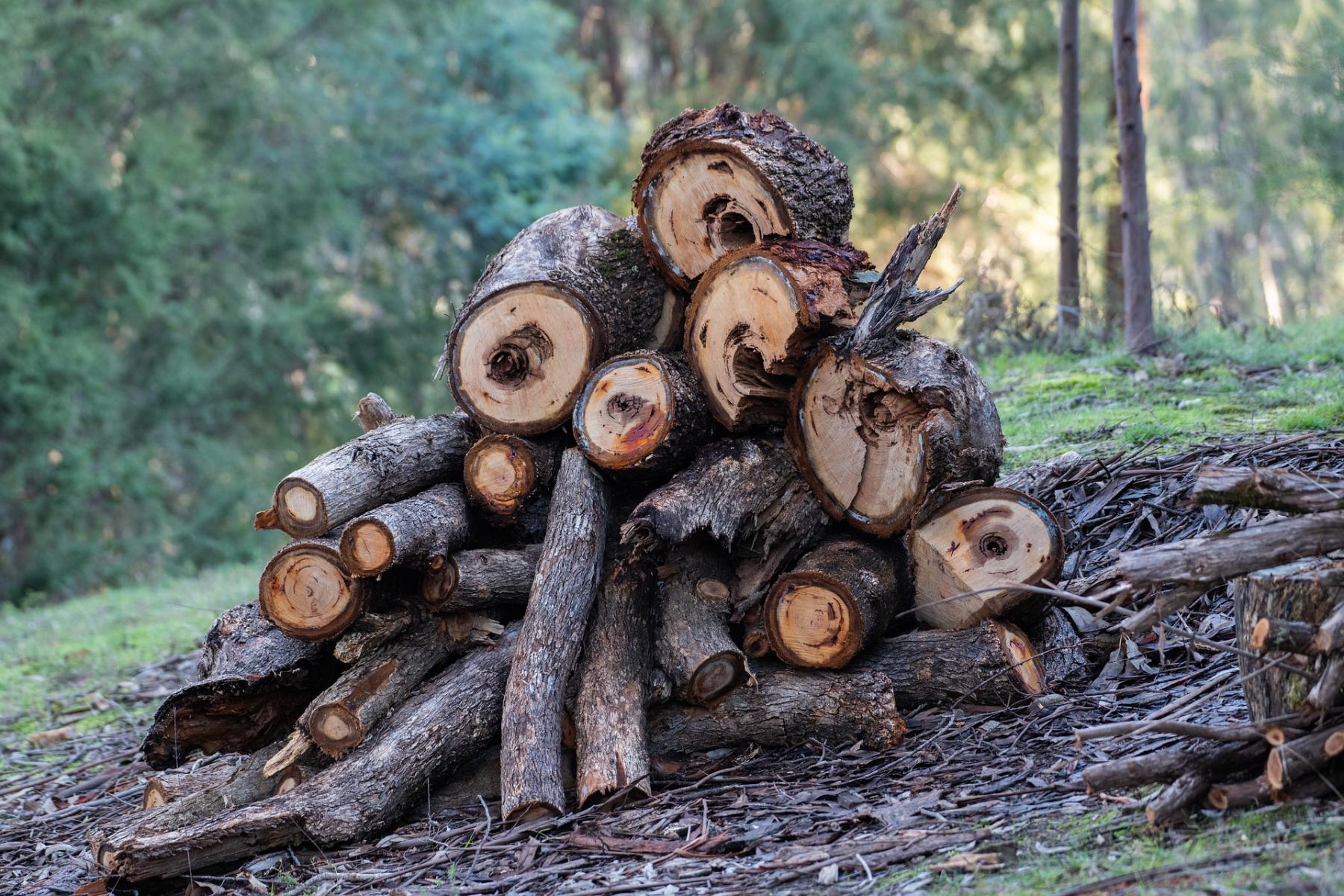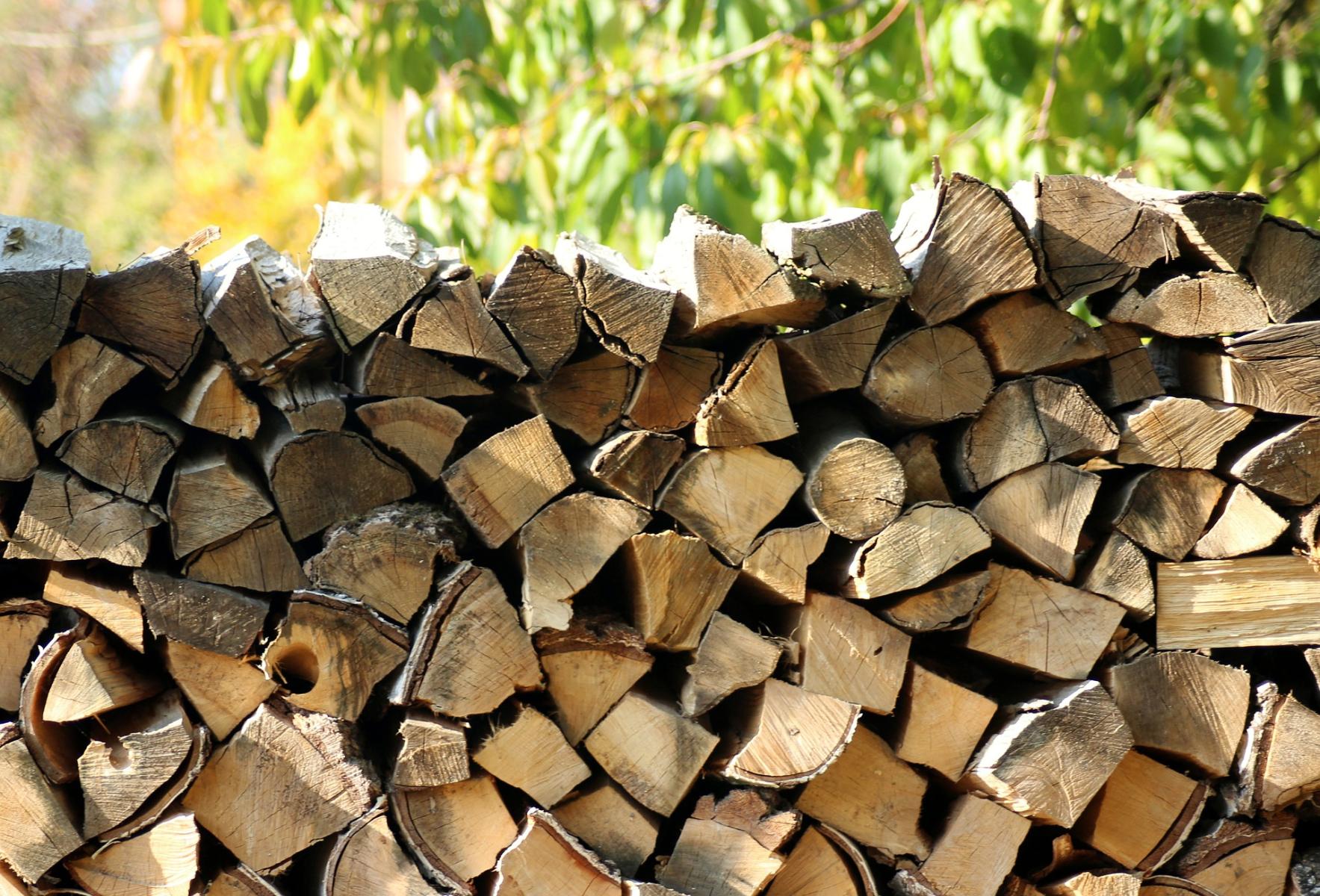
Now is the time to get firewood ready for winter use. But the big woodpile that gives you such a feeling of snug security going into winter may also shelter rodents and insects, and may even provide them an opportunity to spend the cold season under your roof.
Prevent Rodent Problems
Where and how you stack the wood is the key. Mice and rats will readily take shelter in firewood if conditions are right. Locating the bulk of your firewood at least 30 feet from your home reduces the potential for rodents to become a problem in and around you house. If the wood is stacked right next to the house, however, it enables them to search in perfect safety for an opening through which they can squeeze into your house.
It doesn’t have to be a very big opening – a mouse can squeeze through a hole 1/4 inch in diameter, and a rat needs only a ½-inch hole. Both rats and mice can climb any surface rough enough to give them a toehold, so openings need not be at or below ground level to give them entrance. Provide rodents with a sheltered woodpile right next to the house, and they’ll be able to take as much time as necessary to find an entryway.
Provide them with a supply of food, too, and your rodent problem can get serious very quickly. Food can be in the form of easily accessible garbage, a poorly managed compost pile, wild bird food in flimsy containers or spilled beneath bird feeders, crop residues in the vegetable garden or dog food.
The worst place for firewood storage is right next to the house, and the next worst place is next to the dog pen. Spilled and leftover food, and the dog’s water dish provide rodents all they need - in addition to shelter.
With your main woodpile 30 feet away, store small amounts of firewood next to the house for easy access – about the amount of wood you would use in one or two days. Replenish this supply regularly from the large woodpile.
 Keep the Insects OutsideYou may also unwittingly bring insects inside along with firewood. Wood is the natural home for carpenter ants, termites, wood-boring beetles and countless other insects and spiders. However, most of these insects, when brought into the home on firewood, are more nuisance than threat.
Keep the Insects OutsideYou may also unwittingly bring insects inside along with firewood. Wood is the natural home for carpenter ants, termites, wood-boring beetles and countless other insects and spiders. However, most of these insects, when brought into the home on firewood, are more nuisance than threat.
Termites die naturally when removed from the area of their parent colony, which was most likely located in the soil near where the original tree was growing. Unless your firewood pile is old and has been undisturbed for a long time, then the termite colony may originate in the soil under or near the woodpile. But even then, individual termites will not survive and attack your home when brought in on firewood.
As long as wood is properly stored and handle, insect emergence in the home can be avoided. Keep wood below 50 degrees and insects inside will remain dormant. However, if it’s taken indoors and allowed to warm up for several days, insect activity resumes and they may emerge in your home.
 The best way to avoid invasion is to store the wood outside in the cold until it's ready to be burned. Bring in only a small amount of wood at a time.
The best way to avoid invasion is to store the wood outside in the cold until it's ready to be burned. Bring in only a small amount of wood at a time.
If insects are found in firewood, do not spray the wood with insecticides and then burn it in the house. If you just can't stand the insects, then take that piece of wood back outside. Any wood containing big black carpenter ants or termites should also be taken back outside and burned. Other insects, brought out of firewood by the warmth inside your home, are a nuisance rather than an emergency and can be collected with a vacuum cleaner.
For both the main woodpile and the smaller secondary one near your home, store the wood under a cover to keep it dry, such as in a woodshed, unheated garage, utility building or under a sheet of plastic or sheet metal roofing. Leave an air space between the wood and covering.
Winter is coming, but hopefully it will be a happy and healthy one for you, complete with a nice warm fire and no invaders - blue-eyed, brown-eyed or multi-legged!
Images from Pixabay.com
- Leave wood stored outside in the cold until ready to use.
- Store your firewood under a cover to keep it dry, such as in a woodshed, unheated garage or under a sheet of plastic.